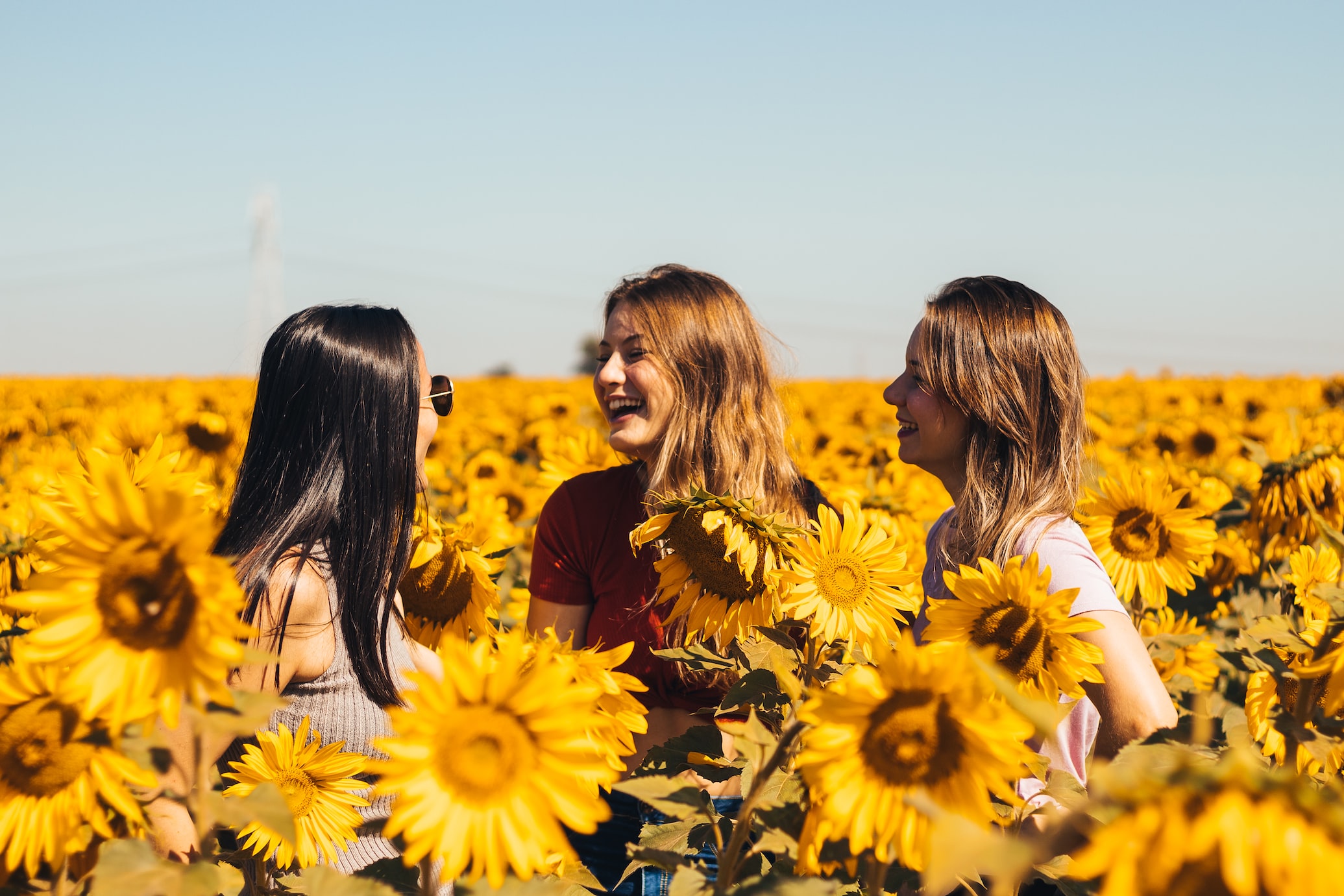Navigating Loan Options: Credit Unions vs. Banks for Personal Loans
Key Takeaways
- Taking out a personal loan results in long-term financial and credit impacts, so making the better choice can go a long way in helping you achieve your goals
- Consider your circumstances and preferences to decide what kind of lender best aligns with your needs
- Also consider other personal loan providers such as online lenders

Choosing the right lender for your loan lets you enjoy lower interest rates, fewer fees, and better repayment terms. Two popular lender options are banks and credit unions, each offering unique features and appealing advantages.
In this guide, we perform a detailed comparison between bank loans and credit union loans to help you make informed financial decisions.
Understanding credit unions
Credit unions are non-profit financial institutions that are owned and operated by union members. A credit union seeks to help members by offering various financial services, such as loans with favorable rates.
Membership requirements and community focus
Each credit union has its unique eligibility criteria you need to meet before you can become a member. Here are some factors that credit unions often look at when determining eligibility.
- Job industry (e.g. company, government agency, or teaching)
- Geographic location
- Military affiliation
- Religion
Philosophy and mission of credit unions
Credit unions usually try to foster a strong sense of community and local economic empowerment. They often actively plan community development projects and provide financial services and education to members.
Unlike banks that look to generate profits for shareholders, credit unions aim to benefit members through policies and offers. Credit union members can select leaders from amongst themselves, creating a peer-elected board of directors that is responsible for setting policies, developing strategies, and ensuring the financial health of the credit union.

Understanding banks
Traditional banks are financial institutions that provide a wide range of financial services to governments, individuals, as well as businesses. You can find banks that have established branches around the world and smaller banks that focus on the local community.
Popular bank services include:
- Savings accounts
- Checking accounts
- Bank loans and mortgages
- Credit cards
- Investments
Structure of banks
Most banks are owned by private investors and shareholders, who elect the board of directors. The board will make key decisions related to the bank’s financial health, choice of senior managers, and other important decisions.
Accessibility and range of services
Compared to credit unions, banks offer significantly more accessibility and range of financial services. You can access banking services through local branches across the country, mobile applications, as well as online platforms. This makes conducting transactions and using financial services extremely convenient with a bank.
Common types of banking services include:
- Deposits
- Lending
- Investment
- Payment and wire transfers
- Risk management and insurance
Profit motives and shareholder interests in banks
Traditional banks are for-profit. Profitability drives banks, which look to earn revenue through interest on loans, service fees, and more. The shareholders will receive returns and continue to invest capital in the bank.

Comparing loan terms and rates
How interest rates differ between credit unions and banks
For the same loan purpose, you may receive fairly different interest rates from banks and credit unions. This is because these financial institutions are driven by different missions, needs, and lending capacities.
The average bank loan interest rate is around 11 percent as of November 2023.
Credit union members can typically expect to receive slightly lower interest rates on loans.
Analysis of different loan terms offered
Bank loan repayment period: Banks offer shorter loan terms between two to five years, as well as long-term loans like mortgages that last decades.
Credit union repayment period: Credit unions are typically sympathetic to the plight of their members. You may be able to negotiate a loan tenure that better aligns with your financial situation.
Bank loan amount: Banks can usually grant you higher loan amounts since they have more money to work with.
Credit union loan amount: Your credit union may not have the capacity to lend you as much money due to lower risk tolerance and lending capacity. However, credit unions may be more lenient and grant loans to members with poor credit when they might not qualify for bank loans.
How do these differences impact borrowers?
Whether you choose a bank loan or a credit union loan can significantly impact your loan terms, overall cost of borrowing, and borrowing experience. The eligibility criteria, customer service, accessibility, and promotional rates differ depending on your choice of lender. Make sure you thoroughly examine your financial situation and lender options before committing to a loan.
Eligibility and application process
Criteria for loan eligibility at credit unions vs. banks
Credit unions: Credit unions usually only grant loans to their members. To become a member, you will need to meet certain eligibility requirements, such as living or working in the local area or belonging to a certain community.
Banks: Banks will make loan decisions based on your credit history and score. Other factors banks evaluate include your debt-to-income ratio, employment, collateral, and existing relationship with the bank. Notably, banks must adhere to laws that aim to prevent discriminatory lending practices.
Overview of the application process and documentation required
Credit unions and banks follow a similar loan application process. Depending on your chosen lender, more information or steps may be required. Track your loan approval status for any updates.
-
- Eligibility check
-
- Apply online or in person
-
- Provide key documents and credit information
-
- If approved, you will receive a loan offer with rates and terms
-
- Accept loan offer to receive loan funds
To expedite the application process, it’s a good idea to prepare the necessary documentation ahead of time. Here is what you usually need when applying for a personal loan.
- Two government-issued forms of identification
- Proof of address
- Proof of income
- Collateral information (if applicable)
Discussing the ease and speed of loan approval in both institutions
Credit unions often try to provide members with more personalized financial guidance. This can help accelerate the loan approval speed and funding speed. However, credit unions may struggle if the community is facing widespread financial difficulties, since funds may be limited.
On the other hand, if you’re obtaining a loan from a large bank, you can benefit from the wealth of resources and sophisticated banking systems. Banks have streamlined processes and high-level technology that can better handle high volumes of loan applications.
A major advantage that credit unions have over banks when it comes to loan applications is that credit unions are more flexible with loan approval and eligibility criteria. Credit unions often consider non-traditional factors, compromising to grant loans to members even if they have poor credit. You can also expect more transparency in the loan approval process with a credit union.

Customer service and relationship
The nature of customer service at credit unions vs. banks
Credit unions tend to operate on member-centric models with an increased focus on quality customer service. Credit unions also have a better understanding of the types of financial challenges faced by members of the community, which can be beneficial.
Personalized service and relationship-building in credit unions
You may be able to receive more individualized guidance and tailored solutions from a credit union. You can take this borrowing opportunity to establish a stronger connection with your credit union.
The experience of banking with large, national banks
Large banks offer fast and accessible customer service. The brand recognition and professionalism of a bank can help borrowers feel more secure when interacting with bank representatives and asking questions.
Additional benefits and features
Unique benefits offered by credit unions
Financial education programs: Credit unions may emphasize financial literacy and good financial habits by offering workshops, resources, and seminars to their members.
Community development: Credit unions often actively participate in their local communities, promoting member-focused support and educational programs. Many credit unions conduct outreach activities and help out local charities.
Member ownership: Many individuals find the member ownership aspect of credit unions to be appealing. This shared ownership usually results in stronger care for individual needs.
Easier approval: For individuals with poor credit, it is likely easier to qualify for a credit union loan than other types of loans. This can help you avoid lenders that use predatory practices to take advantage of those who urgently need loan funds.
Flexible lending practices: Compared to traditional personal loan providers, credit unions typically offer more lenient and borrower-friendly terms. This means that you may be able to negotiate more favorable repayment terms that better suit your financial situation.
Special features or incentives offered by banks (e.g., online banking, mobile apps)
Online banking: Banks offer online banking services, allowing you to quickly access what you need. You can also benefit from their mobile banking apps, which include multiple features at your convenience.
Rewards programs: Many banks reward their loyal customers through advantageous rewards programs. For example, you could receive cash back on purchases, travel rewards, and points.
High-interest savings: A great way to enhance your financial security is to open up a high-interest savings account. You can use it for general savings, specific goals, or emergency use only.
Identity-theft protection: Banks often offer robust identity fraud protection and credit monitoring services. This can help you more promptly respond to suspected fraud.
Weighing these benefits in the context of personal loan services
If you urgently need to obtain loan funds, you might benefit from the faster approval process of a bank. However, borrowers with poor credit may find credit union loans more suitable. When it comes to shopping for personal loans, weigh the pros and cons of each lender option and consider your individual situation.

Security and insurance
Discussing the security of funds and loans at credit unions and banks
Both credit unions and banks use prudent practices and risk mitigation strategies to ensure the security of funds and loans. Various cybersecurity protocols also serve as additional security measures. Here are the main insurance types for each financial institution.
Credit unions: Federally insured credit unions are insured by the National Credit Union Share Insurance Fund (NCUA) up to $250,000 per depositor.
Banks: Usually insured by the Federal Deposit Insurance Corporation (FDIC), with coverage of up to $250,000 per depositor.
The role of federal insurance and guarantees
Federal insurance and guarantees aim to safeguard the financial stability of credit unions and banks, as well as the consumers who use their services.
Public perception and trust in credit unions vs. banks
Credit unions: Often viewed as trustworthy and helpful by members of their community. Many people approve of their not-for-profit model and attentive customer service. If a credit union has a poor track record of financial and crisis management, it can quickly garner a bad reputation in the local community.
Banks: Often viewed as more corporate due to the profit-driven model, banks may be seen as less trustworthy. However, the accessibility and technological advantages of banks attract many customers who prefer larger banks to smaller credit unions.
The impact of credit history
Credit unions' approach to members with varied credit histories
While credit unions will look at your credit history, they may be more willing to negotiate loan terms with borrowers and grant loans to those with worse credit scores.
The importance of credit scores in banks’ lending decisions
Banks often have stringent credit score requirements for personal loans. It’s good practice to pre-qualify for a loan with a bank to see whether you will be approved for a bank loan and avoid unnecessary credit damage.

Pros and cons summary
Pros of a bank loan:
- Wide accessibility
- Comprehensive services
- Advanced technology
Cons of a bank loan:
- Profit-driven institution
- Stricter credit requirements
- Less personalized customer service
Pros of a credit union loan:
- Member-centric, personalized approach
- Lower interest rates and fees
- Flexible terms
Cons of a credit union loan:
- Membership restrictions
- Limited accessibility
- Technological restraints
Making the decision
Factors to consider based on individual financial situations
- Your credit score
- Membership eligibility
- Interest rate, fees, and refinancing options
- Existing positive relationship with the lender
- Financial goals and personal values
- Lender reputation
- Desired loan amount
The importance of researching specific institutions
Researching specific financial institutions is another crucial step in the loan decision-making process. Read customer reviews and testimonials to gauge customer service quality and lender rates.
Not sure where to start? Here are our top recommended online lenders.
Edited by:
Bryan Huynh
•
Product Tester & Writer



































































































